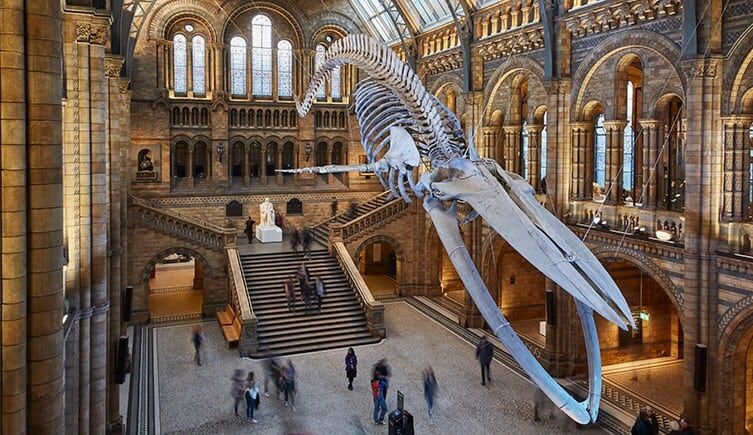The Natural History Museum (NHM) has become the world’s first museum to set a science-based carbon reduction target, developed in line with the Paris Agreement, an international treaty on climate change adopted in 2015.
The target represents a 60 percent reduction in NHM’s carbon emissions by 2031 compared to 2015. It is part of the museum’s ‘Sustainable by Nature’ plan.
“We’ve set this target in line with the Paris Agreement’s goal in limiting global warming to no more than 1.5°C,” said Wayne Hitchings, head of sustainability at NHM.
60% reduction in carbon emissions
“As an evidence-based research institute with 300 scientists and the first museum to set a target like this, we are leading the way in creating a world where both people and the planet thrive.”
“From the energy we consume, to the way we procure goods and services, we are going further to create a resilient and sustainable organisation, which will reach net zero carbon emissions by 2035,” Hitchings added.
The Natural History Museum has already improved the insulation of its building and changed thousands of lights to LED, also making sure that none of its waste goes to landfill.
Next year, the museum will update its energy centre, which powers, heats and cools the institution. NHM is introducing an air-source heat pump and solar panels, and plans to further decarbonise the heat supply.
NHM’s sustainability plans
All new buildings and developments will have net zero carbon targets, including the science and digitisation centre at Harwell Campus in Oxfordshire and the Urban Nature Project.
The target is classed as science-based because it was developed in line with the scale of reductions needed to keep global warming below a 1.5C rise from pre-industrial levels.
It was announced during COP26 in Glasgow. NHM is also working with the New York Times Climate Hub, a physical and virtual space for debating and exploring climate strategies.
Images: NHM
